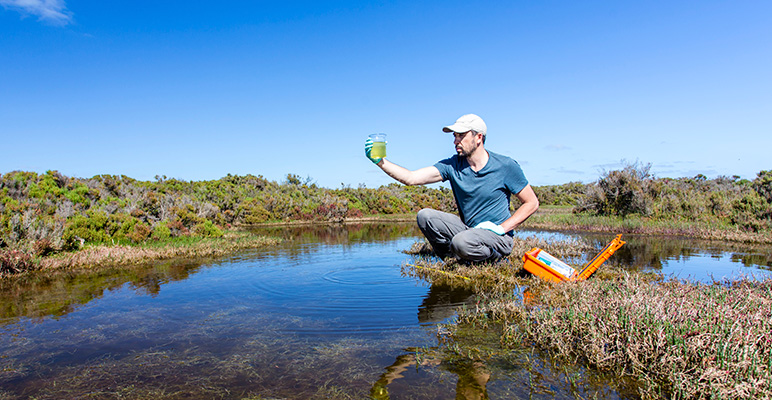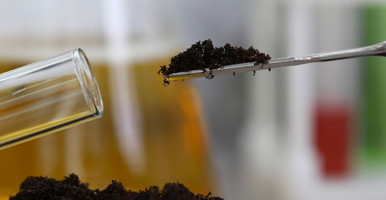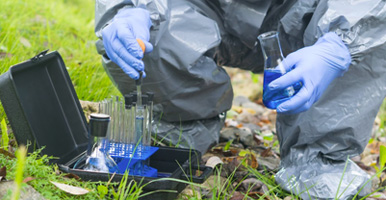At EnviroScience Solutions, we work hand-in-hand with the construction and infrastructure sector to ensure the health of your worksite, surrounding environment, and workforce are protected.
Specialising in the identification, monitoring and management of contaminants and hazardous substances in building materials, air, soil and water, our services are often called upon prior to the commencement of a project to identify, test, and monitor for any environmental issues.
With more than 50 technical and scientific specialists based across regional New South Wales, our team is extremely mobile, ensuring minimal disruption or delay to your project. We also offer an emergency response (less than 24 hours) to most regional locations.
Meanwhile, our in-house NATA accredited laboratory ensures quick turnaround on asbestos testing. And we also specialise in the identification and management of Naturally Occurring Asbestos (NOA) found in rocks, sediment and soil, which could be disturbed when constructing roads, rail, dams, pipelines and transmission towers.









